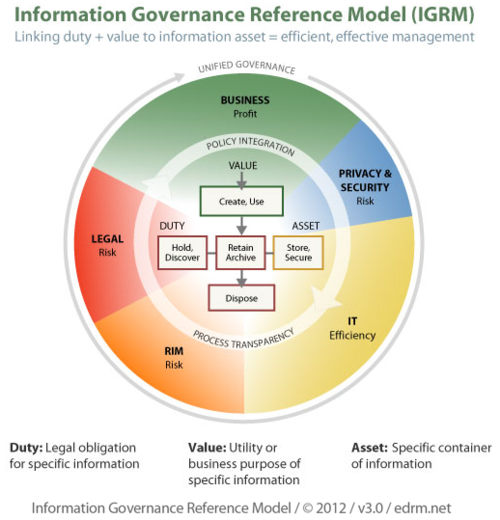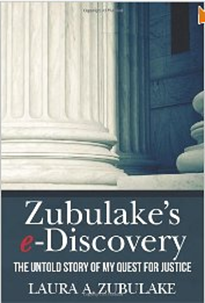How Are You Handling Defensible Deletion? – eDiscovery Best Practices

According to the Compliance, Governance and Oversight Council (CGOC), information volume doubles every 18-24 months and 90% of the data in the world has been created in the last two years. So, many organizations are drowning in electronically stored information (ESI) and costs associated with managing that ESI for eDiscovery are continuing to rise. An effective plan for information governance that includes defensible deletion of ESI is an effective way of keeping that ESI from overwhelming your organization. But, what percentage of organizations is defensibly deleting data? A new survey from eDJGroup is attempting to find out.
Defensible deletion of ESI that has little or no business value and is not subject to legal hold is a good business practice that is protected through Rule 37(e) of the Federal Rules of Civil Procedure (commonly known as the “safe harbor” rule) which states:
Failure to Provide Electronically Stored Information. Absent exceptional circumstances, a court may not impose sanctions under these rules on a party for failing to provide electronically stored information lost as a result of the routine, good-faith operation of an electronic information system.
Barry Murphy’s article (Defensible Deletion Gaining Steam) on eDiscovery Journal discusses the eDJGroup survey and provides some interim results to two of the questions asked:
- Do you believe defensible deletion of information is necessary in order to manage growing volumes of digital information?: As of the article date on December 4, an overwhelming 93.0% of all respondents have said ‘yes’, 2.3% have said ‘no’ and 4.7% have said ‘don’t know / unsure’. Frankly, I’m surprised that anybody doesn’t believe that defensible deletion is necessary!
- Does your organization currently defensibly delete information?: As of the article date on December 4, 14.0% of all respondents have said ‘yes, for all systems’, 54.7% have said ‘yes, in some systems’, 16.3% have said ‘no’ and 15.1% have said ‘don’t know’. That means that over 2/3 of respondents so far (68.7%) defensibly delete information in at least some systems.
As of the article date, there had been 86 respondents. But, the survey is not over! You can take the survey here and contribute to the results. Murphy says the ‘survey will close later this month, so be sure to take it now’, but doesn’t provide a specific date that it closes (one would hope it would be at the end of the month to be as inclusive as possible). Nonetheless, ‘all respondents will get a summary of the results and have a chance to win a $250 gift card’, so it’s worthwhile to participate.
So, what do you think? Does your organization have an information governance plan that includes defensible deletion of data? Please share any comments you might have or if you’d like to know more about a particular topic.
Disclaimer: The views represented herein are exclusively the views of the author, and do not necessarily represent the views held by CloudNine Discovery. eDiscoveryDaily is made available by CloudNine Discovery solely for educational purposes to provide general information about general eDiscovery principles and not to provide specific legal advice applicable to any particular circumstance. eDiscoveryDaily should not be used as a substitute for competent legal advice from a lawyer you have retained and who has agreed to represent you.









